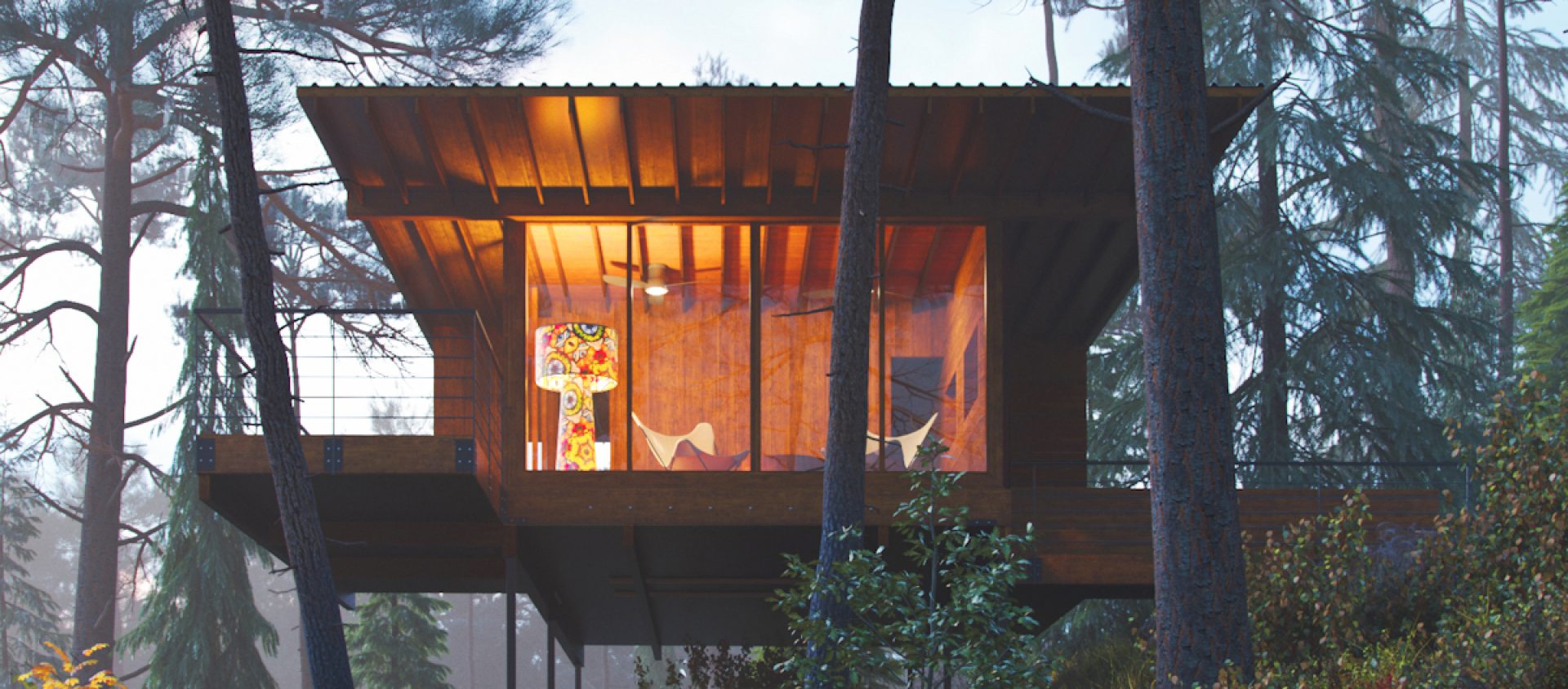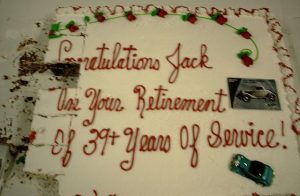At this time of year I hear a lot about snow and sleet and the need for egg nogs to get through winter cold and gloom, and it’s very tempting to counter this with stories of the flooding in Northern Queensland and the heat and the incoming storms. The incoming storms today might mean we have a tolerable weekend, which is very important for those who are having big parties over said weekend. The storms, when they’re over, will be good for me because I am not a summer heat kind of person.
I want to talk about the weather for about two hours, because I’m in the mood for it, but I shall stop here, because I’m so very kind. Also because I would like people to give me merely a paragraph on the state of winter darkness before moving on to more interesting topics in their own writings in this season. If I would like this then I should give you a mere paragraph on summer heat before moving on.
So… let me talk about the weekend. Weekends are always good to talk about.
I’ve been advised to avoid all the places where there are marches for this whole season, because there is often a component of people in those marches who are not entirely safe for anyone Jewish, so I have already done most things for the next week. I do not need to go to shops or near big streets where folks demonstrate politically.
This time of year is mostly a period of intense work for me, with a few really, really nice exceptions. 2023 is classic for me in this regard.
School and university (except for research students who don’t do Christmas) have already finished for the year. Both the calendar year and the academic year, in fact. We’re about to get the annual shutdown of most things. Everyone’s frantically preparing or on a plane to somewhere cool – I mean the latter literally. So many of my friends are heading north into winter.
This year, because I can see friends if we’re all careful (I’m COVID-vulnerable) I will have visits from friends who are on holiday but not headed north. I have chocolate to feed them, in case it’s too hot to cook. Much chocolate will be consumed. I’m thinking of getting some mint and making big jugs of iced tea (without sugar, because Australians are not so big on sweet things, on the whole) but that will have to start next week. I refuse to encounter crowds just for mint.
I celebrate Christmas for the same friends who celebrate my New Year. We’re kinda extended family for each other. I’ve already made sure that two lots of presents and some very nice port is at their place, because while they cook, I will finish a chapter. My personal race with time is that chapter – if I complete it I get the afternoon and evening of 24 December off.
That morning is the last market day in the year and I’m going to the market with one of my friends to make sure we have all the things needed both for the dinner and for the few days after. Me, I’m making sure there are lots of cherries. Cherries are so important for the whole end-of-year period. When I was in Canada for Christmas/New Year people had poinsettias, which weren’t the same at all. Mind you, they also had snow. Which was, of course, exotic.
If the weather is nice, we’ll be outside. If it’s not, we’ll be inside with air monitoring and tiny portable air purifiers. It’s perfectly possible to have nice events with the COVID-vulnerable. We proved it last year and we’re doing it again this. I’m hoping for outside for most of it, however, because a summer day with children is better outdoors. I like the years we go down to the lake and picnic and the black swans come to investigate all the presents, but this year we’re staying home. This means that when I am nicely relaxed and have eaten too much I can wander home and do some work, so that is good, too.
Unlike much of the US, Canberra does a pretty thorough shut-down over Christmas. This means no tradition of Chinese restaurants for anyone Jewish.
What I sometimes do in its stead these days is host an online chat with friends about the Toledoth Yeshuah. 25 December then is a big working day for me, except for an occasional detour via that really interesting by-product of antisemitism. The Toledoth came into being because of other times like this, and it’s interesting to see how we dealt with this stuff (culturally) in times past. So I will be exploring it, but unless anyone asks, I’ll explore it alone. It’s not a comfortable text, nor a comfortable tradition. Hate hurts.
Boxing Day is different. This year it will be my father’s 100th birthday. He died when I was 26, but I miss him and want to celebrate anyhow. I’m just 2 years younger now than he was when he died, which is, I admit, sobering. Friends are coming round to toast him during the day, but only a few friends. I shall watch a really bad comedy he enjoyed, or maybe one of his favourite Doctor Who sequences… I’ll decide on the day.
In my evening, which is morning in Europe and the day before in the US and Canada, I’ll open up a Zoom room where anyone who is at a loose end can drop in and tell bad jokes in honour of my father and generally catch up. If you would like a link to the room, contact me in the next few days and I’ll send it the moment it’s live. Waiting til the last minute means if I am unwell, which happens, I can sneak in some rest and start a bit later. I’m looking at beginning around 8 pm AEST (Australian Eastern Summer Time, which is UTC/GMT+11) and continuing for as long as there are friends who want to hang out.
Let me know if you’d like to be part of anything I do online during this time.
Also, I’d love to know what other people do over the long weekend, if they don’t have a regular Christmas for whatever reason. I’d love to hear about other kinds of Christmas!

 For a couple of months, my younger brother and I have been having a discussion about Shakespeare. It is not acrimonious, but there is some increasing frustration on both sides. On my side–well, Shakespeare is not my favorite writer, but he’s right up there, and I enjoy his work and particularly enjoy it because, in the course of my education, I learned something of the world in which it was written–his influences, his commercial competitors, the world in which he was writing. Also: I’m a big nerd, and knowing this stuff makes me happy.
For a couple of months, my younger brother and I have been having a discussion about Shakespeare. It is not acrimonious, but there is some increasing frustration on both sides. On my side–well, Shakespeare is not my favorite writer, but he’s right up there, and I enjoy his work and particularly enjoy it because, in the course of my education, I learned something of the world in which it was written–his influences, his commercial competitors, the world in which he was writing. Also: I’m a big nerd, and knowing this stuff makes me happy.





 For the past few decades, whenever I have seen an ad that says something like “The SFPD is hiring” or “You could be a police dispatcher” or something like that, there is a small, weird part of me that thinks, maybe I should apply for that. Despite the fact that I hate job hunting, and despite the fact that I don’t want to be a firefighter or police officer (and am well past the age where my application would produce anything but laughter). The urge to figure out the next thing is still deeply massaged into my psyche.
For the past few decades, whenever I have seen an ad that says something like “The SFPD is hiring” or “You could be a police dispatcher” or something like that, there is a small, weird part of me that thinks, maybe I should apply for that. Despite the fact that I hate job hunting, and despite the fact that I don’t want to be a firefighter or police officer (and am well past the age where my application would produce anything but laughter). The urge to figure out the next thing is still deeply massaged into my psyche.